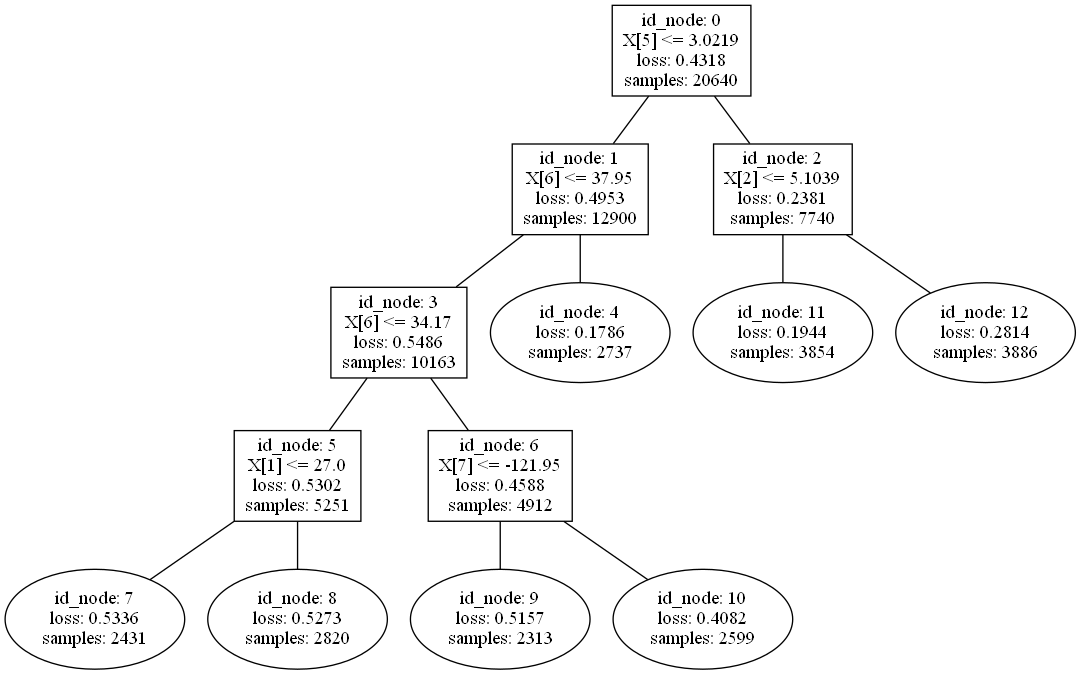TART
This project is a PyTorch implementation for Transition Matrix Representation of Trees with Transposed Convolutions, published as a conference proceeding at SDM 2022. The paper proposes TART (Transition Matrix Representation with Transposed Convolutions), a novel framework for generalizing tree models with a unifying view.
Requirements
The repository is written by Python 3.7 with the packages listed in requirements.txt. A GPU environment is strongly recommended for efficient training and inference of our model. You can type the following command to install the required packages:
pip install -r requirements.txt
Datasets
The paper uses 121 datasets from the UCI repository. Since the size of all datasets is larger than 500 MB, we include only balance-scale in the current repository, which is a sample dataset that includes 625 examples of 4 features and 3 labels. You can download all datasets by running the following command:
bash uci.sh
How to Run
You can test the performance of our TART by running a demo script:
bash demo.sh
The demo script runs the following Python command:
python run.py
--gpu 0
--workers 1
--data balance-scale
--model TART
--depth 2
--layers 1
--style ensemble
It runs for all datasets if no data argument is given. workers determines the number of concurrent runs for each GPU. style is either decision or ensemble, which represent the single- and multi-leaf selection scheme, respectively. You can also provide other arguments such as the window size and stride as described in the paper. Please refer to main.py for detailed information, as run.py is just a wrapper script for efficient experiments.
Reference
Please cite the following paper if you use the implementation.
@inproceedings{YooS22,
title={Transition Matrix Representation of Trees with Transposed Convolutions},
author={Jaemin Yoo and Lee Sael},
booktitle={SIAM International Conference on Data Mining (SDM)},
year={2022}
}



